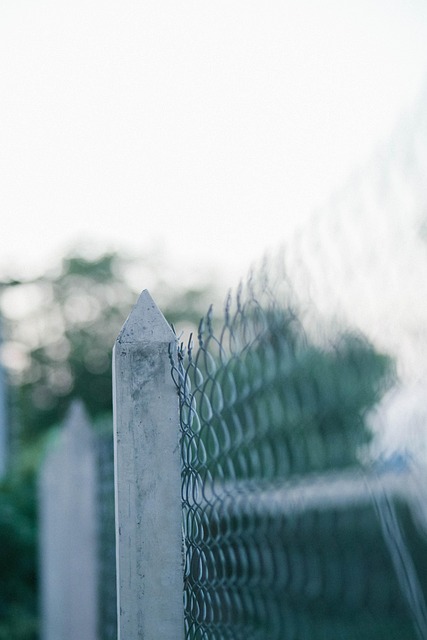New Bedford homes benefit from fences that enhance security, privacy, and curb appeal. Whether you’re repairing an old fence or installing a new one, understanding local requirements and choosing the right material are essential first steps. This guide walks you through the process—from identifying New Bedford’s fencing standards to maintaining your fence for years to come—offering insights into selecting materials, professional installation techniques, common repairs, and upkeep tips for a sturdy, attractive barrier.
- Understanding New Bedford Fence Requirements
- Choosing the Right Fencing Material for Your Property
- Professional Installation Process Step-by-Step
- Common Fence Repair Issues and Solutions
- Maintaining Your Fence for Longevity
Understanding New Bedford Fence Requirements
Fences are an integral part of any property, serving both functional and aesthetic purposes. In New Bedford, understanding local regulations and requirements is essential before installing or repairing a fence. The city has specific guidelines regarding fence height, materials, and placement, which vary depending on the zone in which your property is located. For instance, residential areas may have restrictions on fence heights and material types, while commercial zones could allow for taller fences and more industrial materials.
Additionally, New Bedford’s landscape and climate play a role in fence choices. The region’s seasonal weather conditions demand sturdy, durable fences that can withstand strong winds and heavy snow. The local terrain also influences design; fences in hilly areas need to be securely anchored to prevent tipping over. By comprehending these requirements, homeowners and businesses alike can ensure their fences are not only compliant with local laws but also well-suited to the specific needs of their New Bedford properties.
Choosing the Right Fencing Material for Your Property
When considering fence repair or installation, selecting the suitable material is a crucial step. The ideal fencing option should not only complement your property’s aesthetic but also align with your functional needs and budget. Common choices range from traditional wood—known for its natural appeal and versatility—to durable vinyl that requires less maintenance. Metal fences offer strength and longevity, while chain link provides security and visibility.
Your climate plays a significant role in material selection. In harsh environments, materials like metal or vinyl that resist rust and decay are preferred. Wood treatments can extend their lifespan, but regular upkeep might be necessary. Budget is another factor; some materials, such as wood, offer cost-effective options, while others, like metal or custom designs, can be more expensive. Consider your property’s unique characteristics to make an informed decision that ensures both functionality and visual appeal.
Professional Installation Process Step-by-Step
When it comes to professional fence installation, our team follows a meticulous process to ensure every project is completed with precision and durability. Here’s a look at our step-by-step approach:
1. Initial Consultation: We start by meeting with you to understand your specific needs, preferences, and budget. This includes measuring the area, discussing fence types, and deciding on design elements like height, style, and additional features.
2. Site Preparation: Once approved, we clear the site, removing any debris or existing structures that may interfere with installation. We level the ground, ensuring a solid foundation for your new fence. This step is crucial for the longevity of the fence.
Common Fence Repair Issues and Solutions
Fences, despite their robust nature, are susceptible to various issues over time. One of the most common problems is damaged or broken posts, often caused by root intrusion, heavy vehicles passing nearby, or harsh weather conditions. Repairing these typically involves replacing the affected posts, ensuring proper anchoring and levelness for structural integrity.
Another frequent issue is loose or missing pickets (vertical boards). This can be a result of natural wear and tear, animal damage, or weak fasteners. Picket replacement is a straightforward solution, but it’s crucial to use appropriate materials that match the existing fence style and color for a cohesive appearance. Additionally, checking and tightening all fasteners at regular intervals helps prevent such issues from escalating.
Maintaining Your Fence for Longevity
Regular maintenance is key to keeping your fence in top condition and ensuring its longevity. A simple cleaning routine, at least once a year, can help remove dirt, debris, and any built-up grime that may weaken the materials over time. Using a soft brush or garden hose will effectively clean most fences without causing damage.
Additionally, inspecting your fence for signs of wear and tear is essential. Keep an eye out for loose or missing boards, broken posts, and any visible rot or decay. Addressing these issues promptly can prevent further damage and the need for more extensive repairs in the future. Regular maintenance and quick action will contribute to the overall health and beauty of your fence for years to come.
